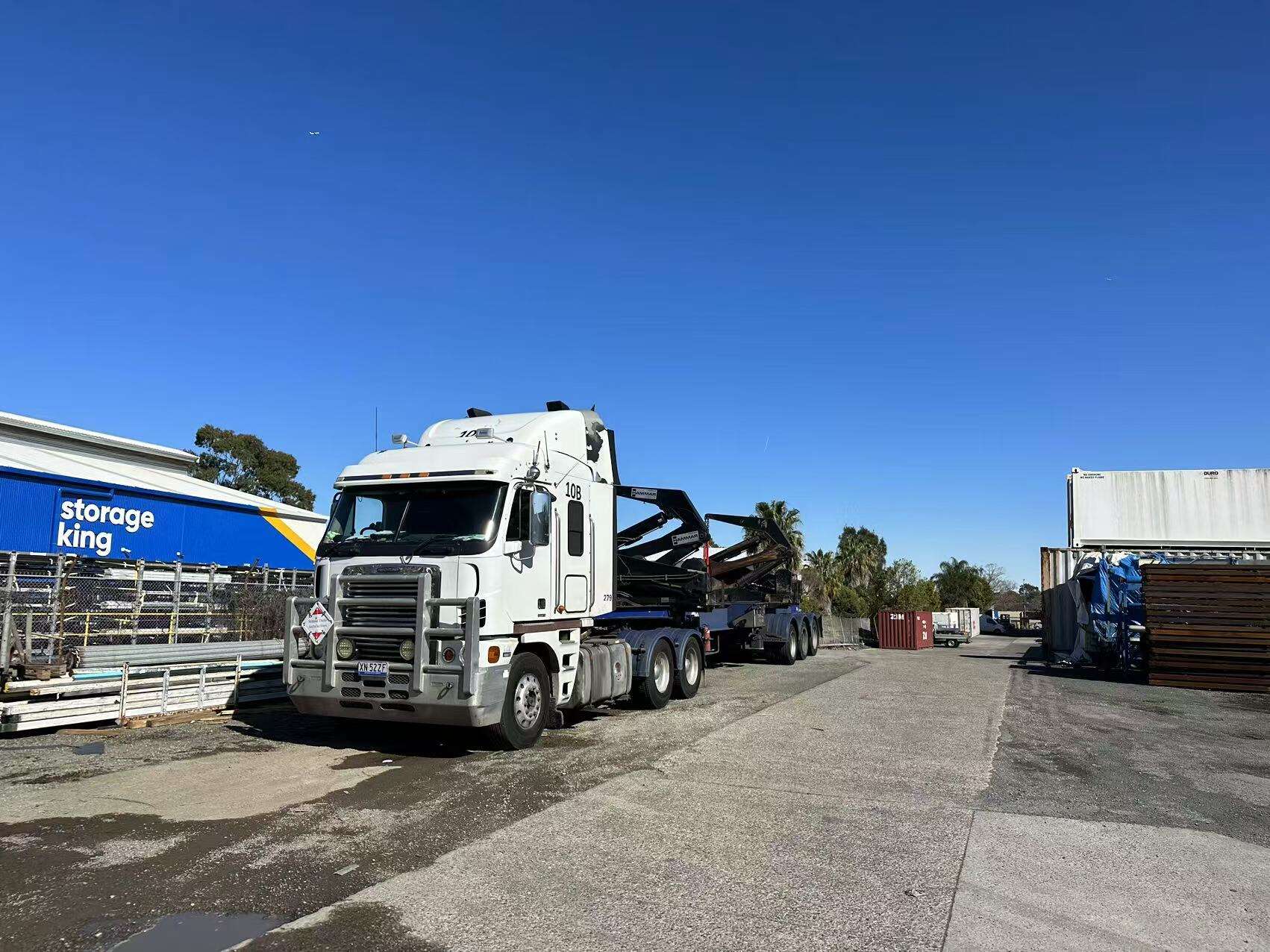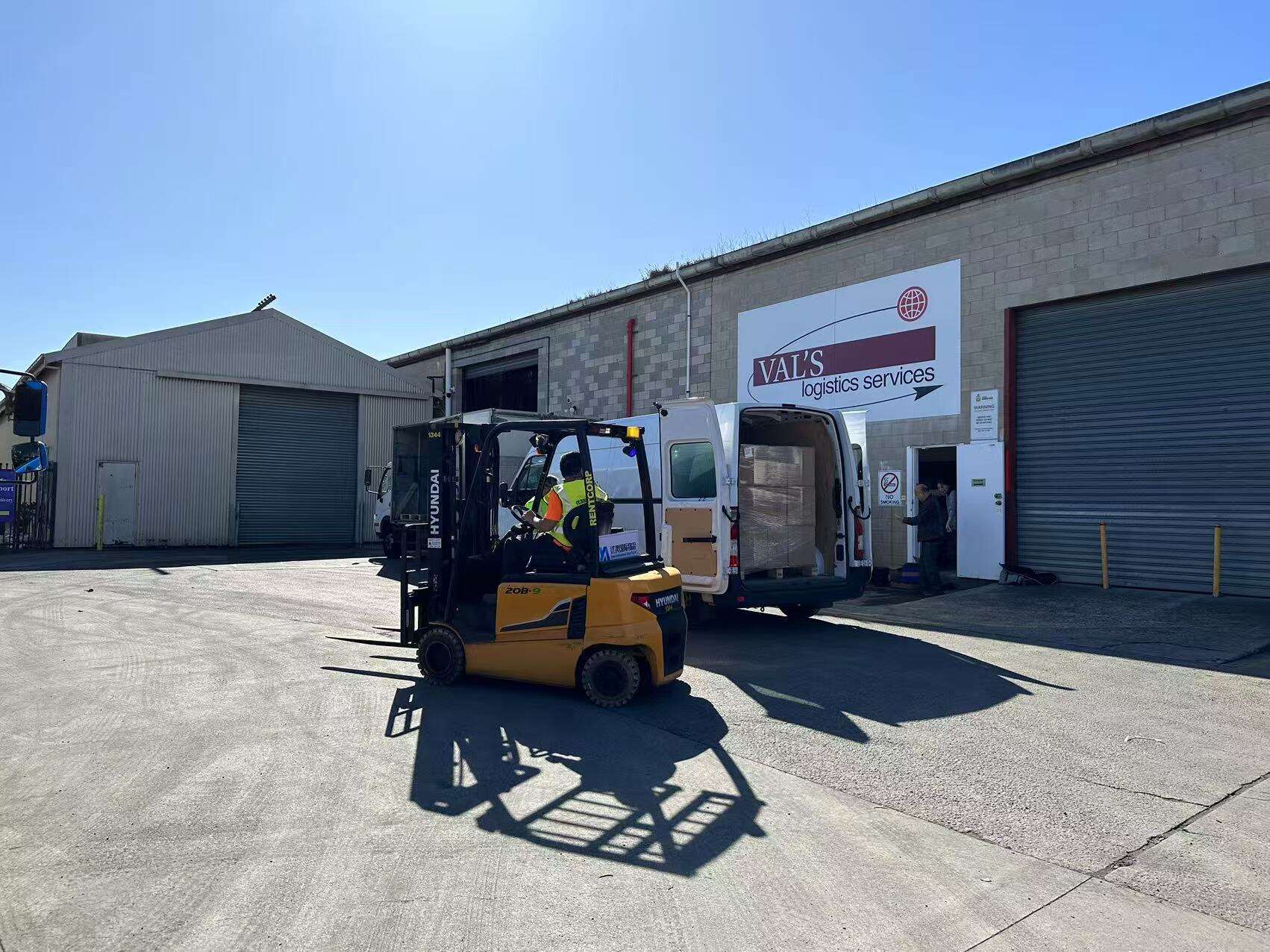In an international shipping company,elements such as sensitive cargo safety, risk prevention, and thorough safety procedures are integrated and monitored closely. People’s lives are innumerably precious, so shipping safety not only prioritizes sensitive and valuable cargo, but a complex range of people, machines, and operations directly and indirectly involved. Safeguarding lives and sensitive cargo require thorough and methodical building frameworks such as efficient safety training, periodic inspections, and safety rules compliance.
The Perils And Fundamental Techniques In Cargo Management
Among the various entities involved in the shipping industry, cargo handling is at the highest risk. This is largely due to the many machines and goods, coupled with strict timelines. Because cargo handling is so perilous, strict safety protocols and rigorous precautions are essential in this area. Practitioners and organizations that aim at safeguarding the emotional and financial welfare of the employees alongside the state of goods handles are the only solution to reducing instances of accidents while enhancing the overall operations. This is how the organizational image gets diversified.
Training and Education
Creating effective training sessions for workers that are hands-on improves safety when loading and unloading cargo. Each employee attending training sessions knows how to use the machinery, safety equipment, and the correct actions to take in emergencies. Training should strongly focus on lifting, using PPE, and the proper use forklifts and other machinery. Aivatiocon Companies need to enhance their workplace safety and shift their culture to training that prioritizes the safety and health of their employees.
Adherence to Regulations
Cargo handling activities necessitate compliance with both local and international regulations for safety purposes. As with other industries, OSHA and IMO have provided guidelines for the shipping industry. Companies need to pay close attention to these regulations and make process and policy changes to maintain compliance. With ever-changing regulations and workplace policies, scheduled inspections and audits help identify gaps and enhance safety compliance.
Future Trends in Cargo Safety
Growth in other sectors of the shipping industry have triggered the emergence of new safety practices for cargo handling. These include automation and the Internet of Things—technologies that not only enhance safety, but will continue to do so in the future. Automation is expected to improve safety and reduce injuries associated with manual handling of cargo. Moreover, IoT devices that monitor equipment in real-time, like cameras, can help warn operators of impending accidents. Companies that invest in these technologies will most likely experience improved safety and greater operational efficiencies.
Lastly, protecting the international shipping safety cargo handling processes is a multi-faceted concern which requires a balanced approach to training, maintenance of equipment, regulations, compliance, and the use of modern technology. Effective handling of these issues enables companies to reduce the risks associated with their employees, cargo, and finances, while also promoting a safer and more efficient shipping industry.




